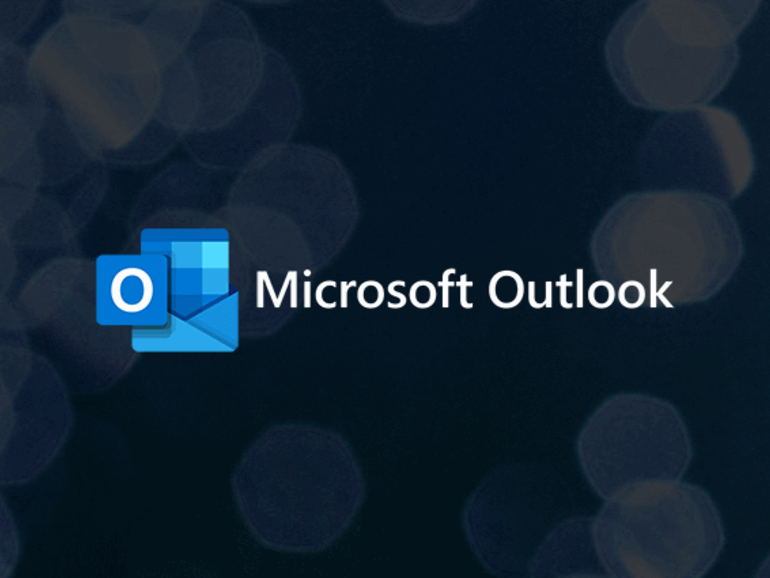
A cause for laughter? Celebration, perhaps?
How many emails do you get a day?
It could be a hundred or more. For some people, it might drift toward the thousands, with all the emails they get copied on by the overly industrious or the overly bottom-covering.
Emails are often utilitarian, with the occasional sprinkles of good humor. You read them (or not), you answer them (or not) and you move along (or go out to lunch).
Microsoft thinks you’re not reacting in the right way. The company wants you to have a far more emotional relationship with your Outlook email.
I deduce this from a touching addition to the company’s 365 roadmap. It’s headlined: “Outlook on the web: React to an email message.”
I feel you may sense the general direction here and worry.
Hark at Microsoft’s enthusiasm: “Outlook on the web is expanding the existing ability to like email messages with a thumbs up icon.”
You send thumbs-up replies to texts, don’t you? You’re one of those people. Don’t you just wish you could put more than a thumping thumbs-up in reply to emails?
Because, well, why? It saves you a few words? It looks prettier? It’s more in line with today’s EmojiWorld?
Perhaps all of the above. Perhaps you feel just a thumbs-up reaction is too limited. Well Microsoft really feels you: “In addition to likes, users will be able to react with love, celebration, laughter, surprise, or sadness.”
I pause for your reaction of love, celebration, laughter, surprise or sadness. Most of all, laughter or sadness.
Please conceive getting an email and reaching for your innate social media-style reaction a little too swiftly.
The email is asking you to do another couple of hours work this evening. You instantly react with (understandable) sadness via some miserable-faced cartoon thing. Your boss contacts you the next day and questions your attitude.
Or you get an email telling you a client you secretly dislike has fired your company. You react, too quickly and honestly, with icons of both laughter and celebration. Then you get another email about layoffs caused by the lost revenue.
Worst of all, perhaps, is using one of these instant reactions while simultaneously misunderstanding the email.
It said bemused, not amused. It said elicit, not illicit. It said invite not incite.
Misreading the content of an email is easy. Clicking on the wrong Emoji response is even easier. And a simple graphic can have a powerful effect if it’s mistimed or misdirected.
Really, how hard is it to create your own expressions, rather than take them from a children’s library?
Perhaps it’s too much trouble when you have to reply to hundreds of emails a day.
This article is auto-generated by Algorithm Source: www.zdnet.com


